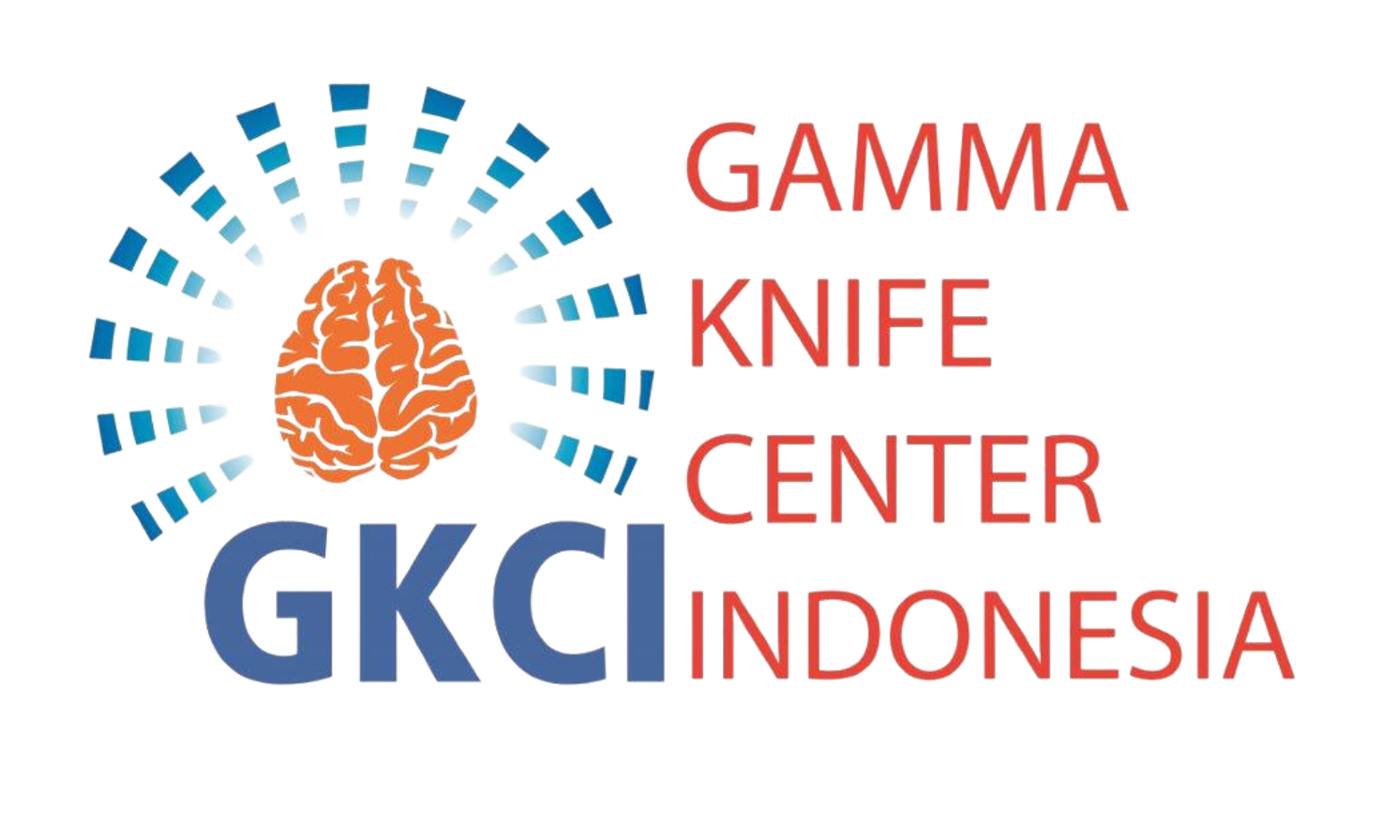Healthy Lifestyle
Essential Post-Mastectomy Care
Share to

Table of Contents
Mastectomy is a medical procedure used to treat breast cancer or tumors in the breast that may potentially become cancerous. After undergoing this procedure, the patient needs to implement the correct post-mastectomy care to accelerate the recovery process and avoid post-surgical side effects or complications after surgery, such as infection.
Read the details about post-mastectomy care in the following article.
Post-Mastectomy Care
As mentioned above, mastectomy is a breast removal surgery used to treat breast cancer or reduce the risk of breast cancer progression. This procedure is performed by removing the entire or a part of the breast tissue. Mastectomy is usually advised for patients with breast cancer stages 1, 2, and 3.
The full post-mastectomy wound recovery typically takes approximately 4–6 weeks. Nevertheless, deeper surgical wounds may take a longer time. During this recovery period, the patient should watch out for infection around the surgical site. Hence, they should undergo regular post-surgical checkups with a relevant surgeon.
Moreover, the patient is also recommended to practice self-care at home to aid the recovery process. This includes getting adequate rest, drinking plenty of water, and avoiding strenuous activities. Besides that, they are suggested to do the post-mastectomy care below.
1. Implement the Dietary Guidelines
The first post-mastectomy care is to implement the dietary guidelines recommended by the doctor or clinical nutritionist. It is advisable to consume more fruits, vegetables, and seeds to aid the recovery process and prevent the recurrence of breast cancer. These types of foods are rich in fiber and antioxidants that can help fight free radicals, which can trigger cancer.
Furthermore, the patient is advised to reduce processed foods, alcoholic drinks, and fatty foods high in fatty acids. In contrast, they should increase their low-fat food intake, such as soy and fish, which can help prevent the development of tumors.
2. Keep the Surgical Wound Clean and Dry
The next post-mastectomy care is to keep the surgical wound dry and clean to prevent infection. This can be done by replacing the bandage once every 2–3 days and cleaning the area around the wound with a gauze and sterile solution (NaCl 0.9%) or antiseptics.
There are different ways to clean surgical wounds, depending on the type and surgical site. Moreover, in some conditions, the doctor may not allow the patient to clean their own wound. Nevertheless, some self-cleaning steps for surgical wounds are as follows:
-
Wash the hands using antiseptic soaps and running water.
-
Take a sterile gauze.
-
Wet the gauze with NaCl 0.9% sterile solution or antiseptics.
-
Wipe the surgical wound gently to remove dirt and dead skin cells. Avoid scrubbing the wound excessively.
-
Apply antibiotic ointments or apply sterile gauze infused with antibiotics prescribed by the doctor.
-
Close the surgical wounds with sterile gauze and bandage, and make sure to cover the entire wound.
3. Exercise Regularly
Engaging in regular exercise as post-mastectomy care can help strengthen the immune system and relax tense muscles. It can also help the patient avoid stress due to post-surgical anxiety. During cancer treatment, the patient’s mental health needs to be well-maintained to prevent stress.
However, pay attention to the type of exercise that the patient does during the post-surgical recovery process. Adjust the type of exercise based on the surgical wounds. Therefore, it is best to consult the doctor about the suitable exercise for the patient.
Some examples of exercises that they can do include shoulder and arm exercises to recover the muscle function of the wounded body part. The doctor will inform the patient about the safe and appropriate time to start this physical exercise.
This exercise can be done 3 times a day until the patient can wave their injured arm normally. Afterward, it can be continued once a day. This is crucial, especially if the patient still feels limited in their movements on the wounded chest, shoulder, or underside of the wounded arm.
Moreover, these exercises may help prevent scar tissue formation on the armpits and shoulder. This is because the scar tissue may limit the patient’s arm movement later.
4. Get a Reflexology Massage
A surgical wound will usually dry within 1–2 weeks after mastectomy. Do not massage the surgical wound unless it is fully healed. Therefore, the patient should consult their condition beforehand with the doctor or nurse to confirm their safety.
If the wound is healing well, the patient may try reflexology massage on the breast to help restore the breast tissue to its former shape. Massaging the skin will improve the blood flow and soften the tissue’s consistency.
The surgical wound may initially be numb or highly sensitive. Regardless, these are two normal post-surgical symptoms. It should be noted that this breast reflexology massage is included as the method to fight breast cancer recurrence. Nevertheless, it is recommended to consult the doctor before doing the reflexology massage.
5. Choose the Right Bra
Choosing the correct type of bra is considered crucial in post-mastectomy care. In fact, after surgery, the patient does not need to wear a bra because they have to take care of the surgical wound. However, if the surgical wound has become dry, the patient is allowed to wear a bra.
The breast cancer recovery process may take up to a year until the nerve and skin around the surgical site are fully recovered. Therefore, the patient should pay attention to their choice of bra in the first year after surgery. Below are some suggested bra criteria:
-
A soft cotton bra.
-
A bra with a wide chest band.
-
A bra with wide side support.
-
A full-cup bra.
-
A bra with a comfortable cup separator.
-
A bra with little accessories.
-
A wireless bra.
Post-mastectomy surgical wounds require careful attention. Therefore, if you need help managing a post-mastectomy surgical wound, you can visit an Oncologist at the nearest Siloam Hospitals to acquire proper treatment and care advice.
For better prevention and early detection of breast cancer, you can also take breast examinations regularly using the Complete Breast Cancer Screening service from Siloam Hospitals utilized with mammography or breast ultrasound (tailored to the patient’s condition).






